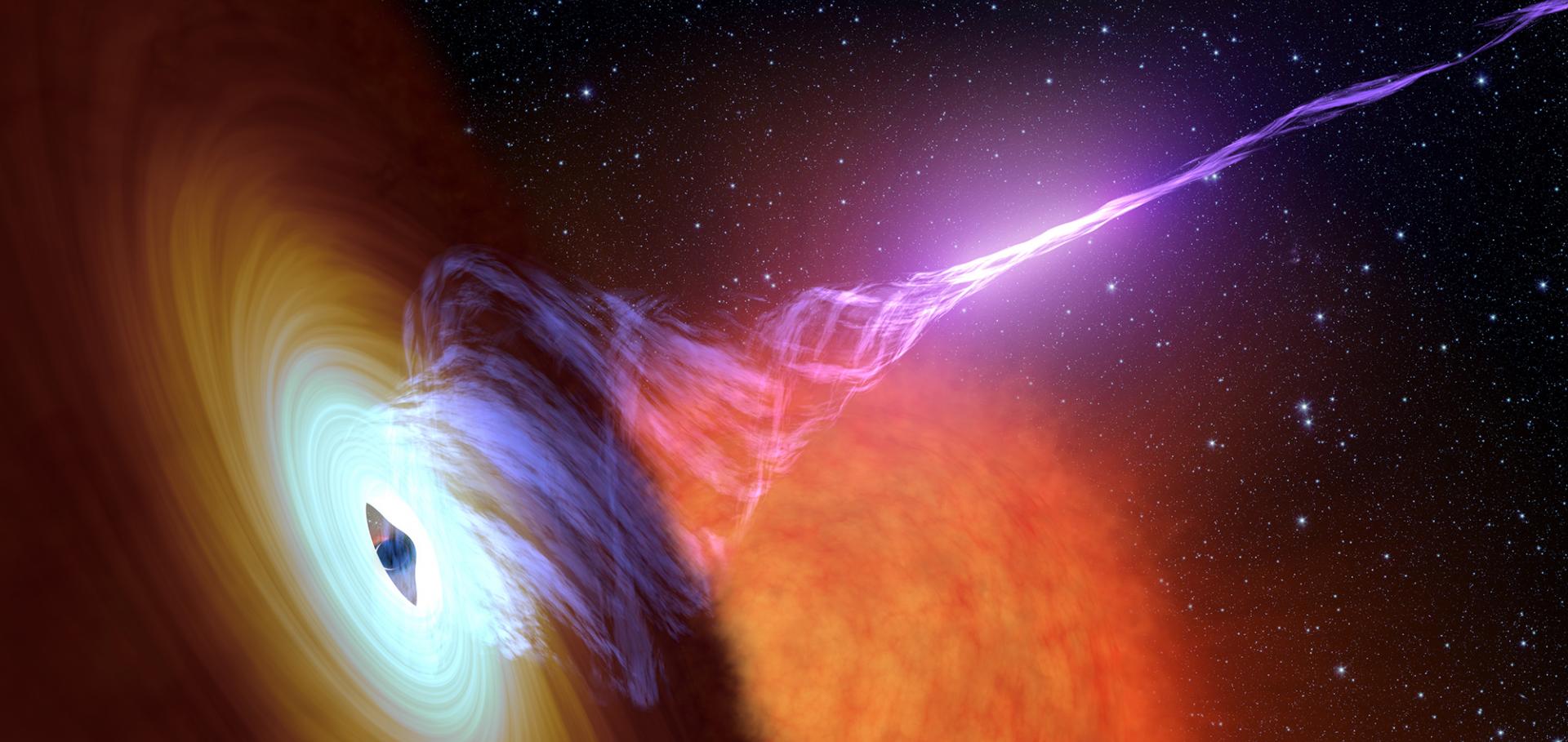'Disc-jet' coupling in black hole x-ray binaries and active galactic nuclei
Lecture Notes in Physics 794 (2009) 115-142
Abstract:
In this chapter I will review the status of our phenomenological understanding of the relation between accretion and outflows in accreting black hole systems. This understanding arises primarily from observing the relation between X-ray and longer wavelength (infrared, radio) emission. The view is necessarily a biased one, beginning with observations of X-ray binary systems, and attempting to see if they match with the general observational properties of active galactic nuclei. © 2010 Springer-Verlag Berlin Heidelberg.Correlated radio/X-ray behaviour of Cyg X-3
Sissa Medialab Srl (2009) 018
The LOFAR Transients Key Science Project (invited)
Sissa Medialab Srl (2009) 021


